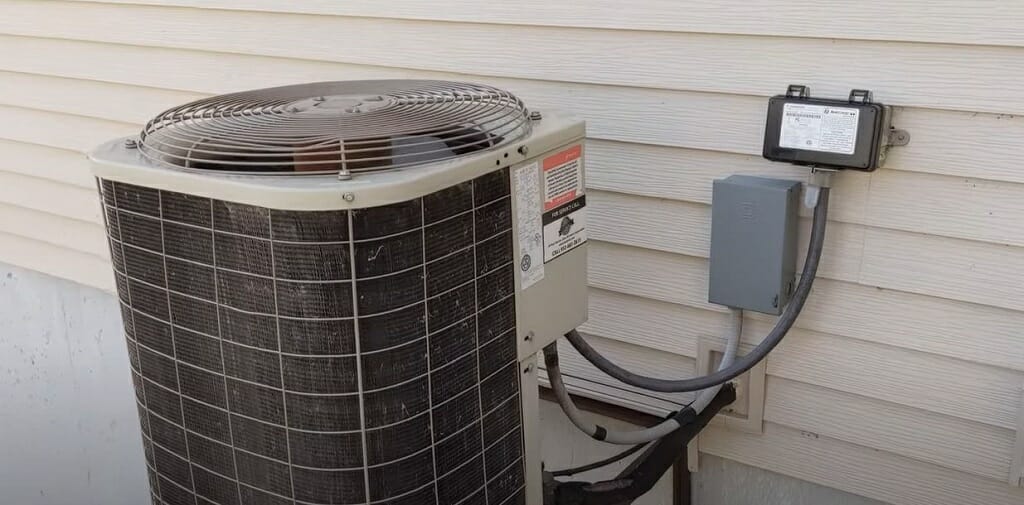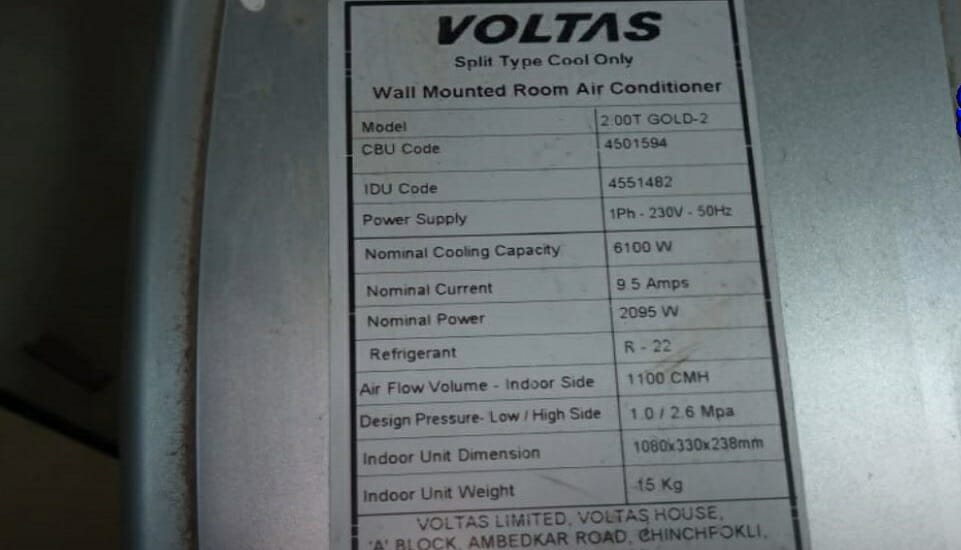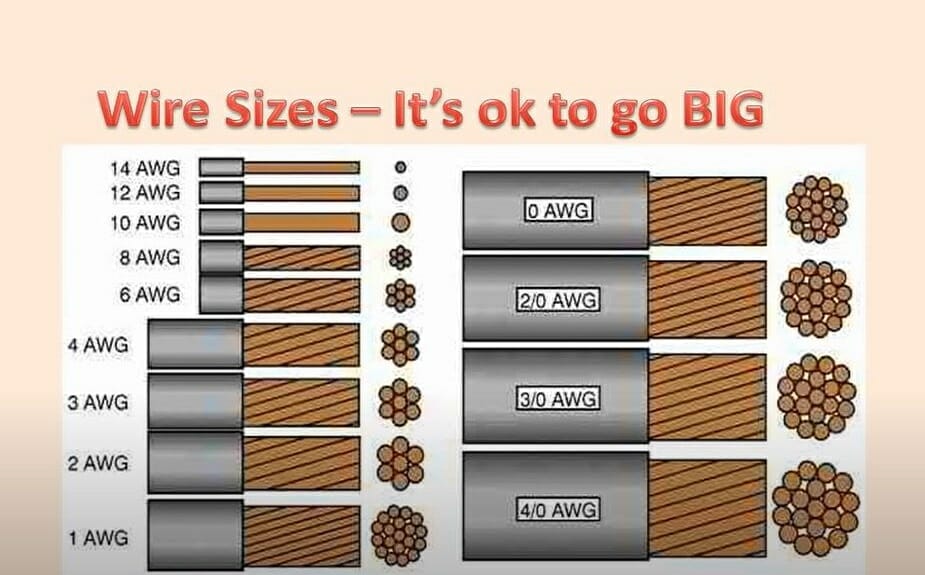What Size Wire for a 220V AC Unit? (Table and Calculations)

If you are wondering what size wire you should use for your 220V AC unit, this short article will answer.
Whether you use a 1.5-ton or 5-ton air conditioner unit, if you cannot pick the appropriate wire size for your AC, you’ll end up with a fried air conditioner circuit board. So, I’ll teach you everything you need to know in this article.
The air conditioner unit wire size depends entirely on Minimum Wire Ampacity. This value changes according to the tonnage of the AC unit. For instance, a 2.5-ton AC unit has a minimum ampacity of 17.05 amp. So, you’ll have to use a 14 AWG wire for a 2.5-ton AC unit.
(I have made a more specific table at the bottom of this article)
Continue reading the article for more details.
How to Determine the Correct Wire Size for a 220V AC Unit?
To find the correct wire size for your 220V AC unit, you need to know a few things. Here is a list of those things.
- AC Unit Tonnage
- Max AC Wattage
- Max Amp Draw
- Minimum Wire Ampacity
You’ll get a better idea when I go through the calculations. So, let’s get started.
Calculations
AC Unit Tonnage

The first thing you should do is find out the air conditioner unit tonnage. This value is printed on the AC unit’s data plate. However, if unsure about this, you can always ask the merchant from whom you brought the AC unit.
Important: For this calculation, assume you are using a 3-ton AC unit.
Max Wattage
Often you might be able to find the MAX Wattage value on the data plate of the AC unit. But sometimes data plate will preview the AC unit’s BTU and EER values. When that happens, here is the method to find the max wattage.
For this example, assume the 3-ton AC unit has below BTU and EER values.
BTU = 36000
EER = 10
Max AC Wattage = BTU Capacity/ EER Rating
Max AC Wattage = 36000 BTU/ 10 EER
Max AC Wattage = 3600 W
Tip: Remember that 1 ton is equal to 12000 BTUs. So, you can calculate the BTU value using the tonnage of the AC unit.
Max Amp Draw
Then, you’ll have to calculate the max amp draw of the air conditioner unit. And here’s how you can do that. For that, you need two variables; max wattage and voltage.
AC Max Amp Draw = Max Wattage / Voltage
AC Max Amp Draw = 3600W / 220V
AC Max Amp Draw = 16.36 Amps
Minimum Ampacity Value
Now you can calculate the minimum ampacity value. But for that, you need a good understanding of the NEC 80% rule.
NEC 80% Rule
According to the NEC, you can only expose a circuit to 80% of its rating. So, to find the minimum ampacity, you should consider the NEC 80% rule.
Minimum Ampacity = 16.36 amps × 1.25
Minimum Ampacity = 20.45 amps
How to Pick the Correct Wire Size for AC Unit?

Now you can choose the suitable AWG wire according to the minimum ampacity value. That means the wire should be able to handle at least 20.45 amps. Here is the chart for choosing the correct AWG wire.
| AC Unit Tonnage | Max Wattage | Amp Draw at 220V | Minimum Ampacity | Min. Wire Size |
| 1.5 ton | 1800 W | 8.18 Amps | 10.23 Amps | 18 AWG |
| 2 ton | 2400 W | 10.91 Amps | 13.64 Amps | 18 AWG |
| 2.5 ton | 3000 W | 13.64 Amps | 17.05 Amps | 14 AWG |
| 3 ton | 3600 W | 16.36 Amps | 20.45 Amps | 12 AWG |
| 3.5 ton | 4200 W | 19.09 Amps | 23.86 Amps | 12 AWG |
| 4 ton | 4800 W | 21.82 Amps | 27.28 Amps | 10 AWG |
| 4.5 ton | 5400 W | 24.55 Amps | 30.69 Amps | 10 AWG |
| 5 ton | 6000 W | 27.27 Amps | 34.09 Amps | 10 AWG |
Note: The above results are correct for all air conditioners with a 10 EER rating. If you have an AC unit with a different EER rating, recalculate the Max Wattage and find the correct wire size.
A 12 AWG wire may be too small for this 3-ton AC unit since it can only handle 20 amps. So, you’ll need a 10 AWG wire, and a regular 10 AWG wire can handle 25 amps.
Important: If you inspect the above chart closely, you’ll see that 4.5 and 5-ton air conditioners also need 10 AWG wires. But these 10 AWG wires should be able to handle 35 amps. So, when you buy, make sure to buy a 10 AWG wire with 35 minimum ampacities.
American Wire Gauge (AWG)

American Wire Gauge, aka AWG, is North America’s standard for measuring wire thickness. With a higher AWG number, the thickness of the wire decreases. For instance, the ten gauge wire is thicker than the 12 gauge wire. Hence, it can handle more amps without breaking a sweat.
Video References
Structure Tech Home Inspections
ASR Service center
LDSreliance
ArizonaHotHomestead
